How To Grow Swiss Chard
Before I started gardening, I’d never heard of Swiss chard. But for the home gardener, learning how to grow Swiss chard will yield consistent harvests for months on end.
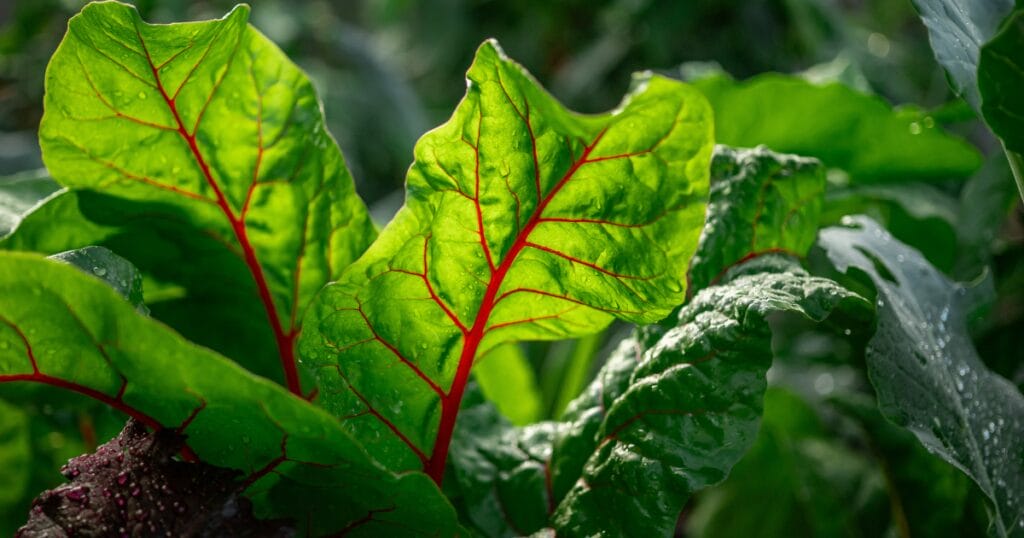
Swiss chard is an easy-to-grow member of the beet family, grown for its nutritious and colorful leaves and stems. It is high in vitamins A, E, K, and C and the minerals magnesium, manganese, and iron. Chard tolerates warm temperatures and dry conditions and rarely bolts.
Learn How To Grow Swiss Chard With These 5 Tips:
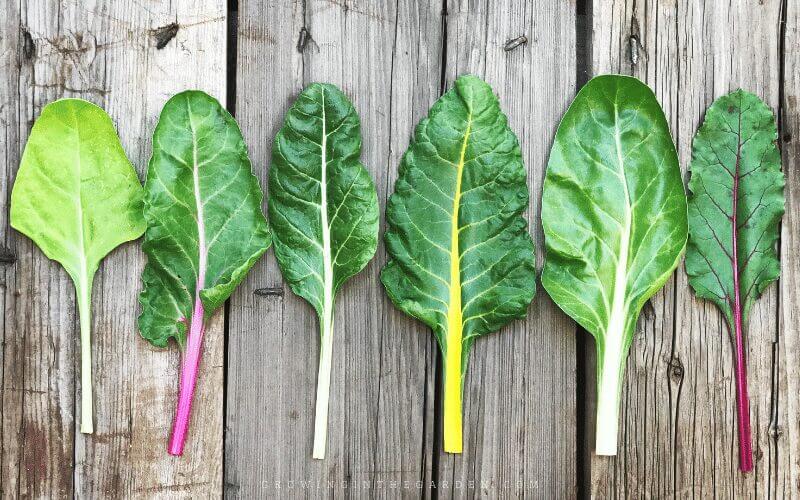
1. Try different varieties of Swiss chard
There are several varieties of Swiss chard. Here are a few to try:
- Classic Fordhook Giant – Large tender pale-green stems and dark green leaves with white veins are impressive in the garden. It tolerates heat and cold. 60 days to maturity.
- Bright Lights—A mix of several-colored varieties, with leaves in shades of red, orange, purple, yellow, and white. It takes 65 days to mature.
- Barese Swiss Chard—This baby leaf grows quickly and is ready to harvest in 30 days. It is thought to be sweeter and more tender than typical Swiss chards. It produces 10″ tall dark-green leaves with curled edges.
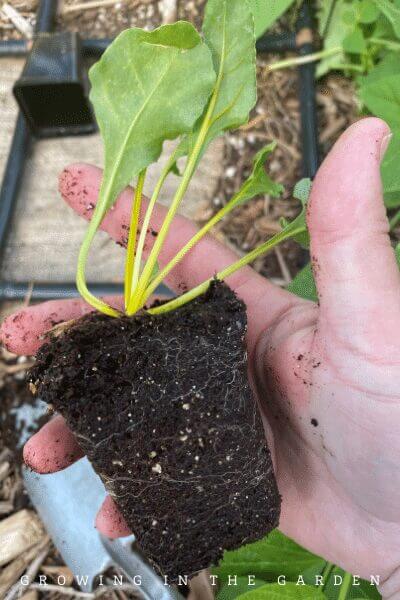
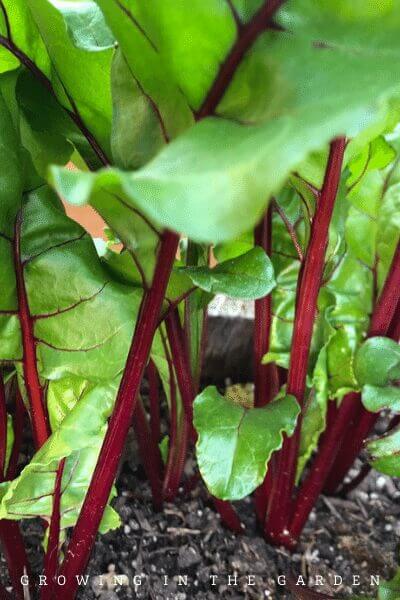
2. Plant Swiss chard correctly
In cold-winter climates, begin planting 2-3 weeks before your last spring frost date, and plant from spring to early summer.
For mild winter climates, begin planting in the fall through spring. In the low desert of Arizona:
- Start seeds indoors: August – January
- Plant seeds outside: September 15 – January
- Plant transplants outside: September 15 – February
To start from seed, Sow seeds ½ to 1 inch deep, about 2”-6” inches apart, in rows 18”-24” apart. If you use “Square Foot Gardening,” plant 4 seeds per square.
Each seed is actually a cluster of a few seeds. Once the seedlings are 3″-4″ tall, thin them to one plant in each hole. When the plants grow a couple of inches tall, thin them to about 6” apart. For larger plants, thin them to 12” apart.
When planting transplants, look for young healthy transplants that have not outgrown their container. Separate individual plants or thin plants when there are more than one. Plant transplants at the same depth as nursery pots and space plants 6”-8” apart.
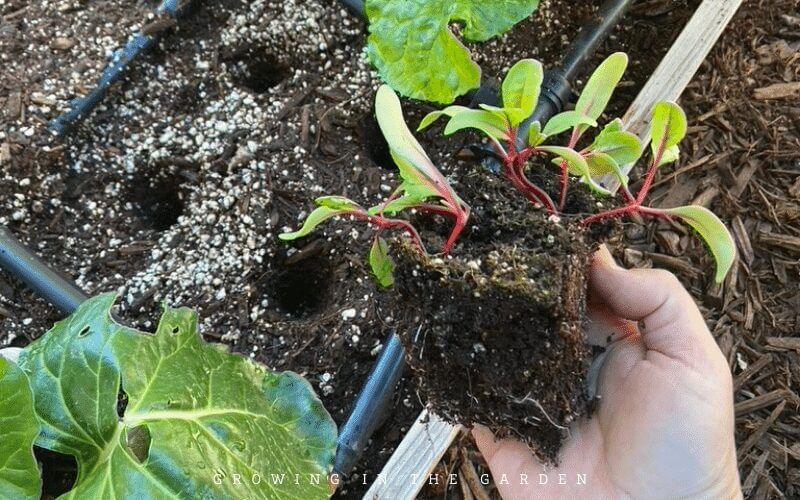
3. Choose the best location for growing Swiss chard
Swiss chard likes organic-rich, well-drained soil. Amend the soil with compost before planting. Chard grows best with at least 6-8 hours of sunlight but will tolerate partial shade (4-6 hours of sun). Rotate where you plant Swiss chard and other members of the beet family.
Containers are an excellent option for growing Swiss chard. Choose a container that is at least 8” deep and holds approximately 2 gallons of soil.
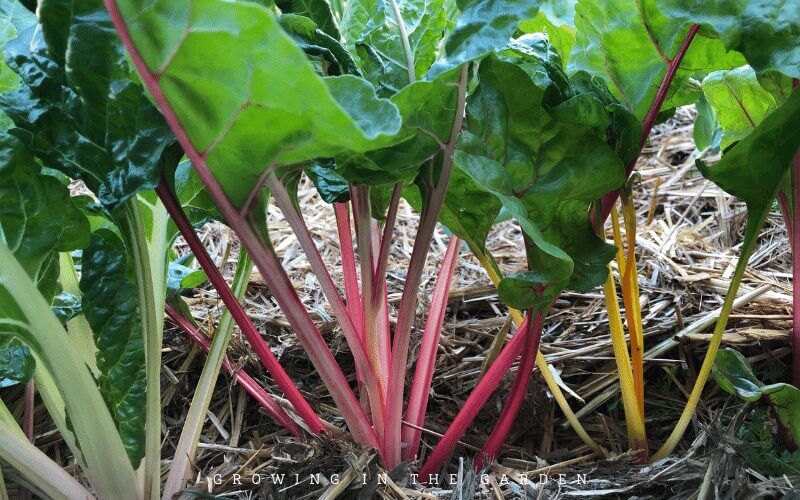
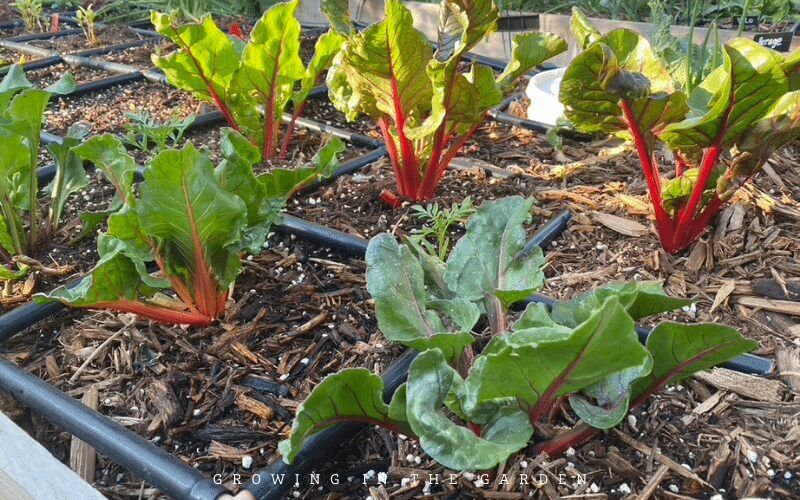
4. Care for Swiss chard as it grows
Swiss chard does best with even moisture; water regularly.
Once plants are established, feed with a balanced organic fertilizer once every 6 weeks.
Swiss chard is relatively pest-free. If holes are spotted in leaves, look on the undersides for cabbage worms. Use row covers to prevent aphids, cabbage worms, flea beetles, and leaf miners if they are present in large numbers.
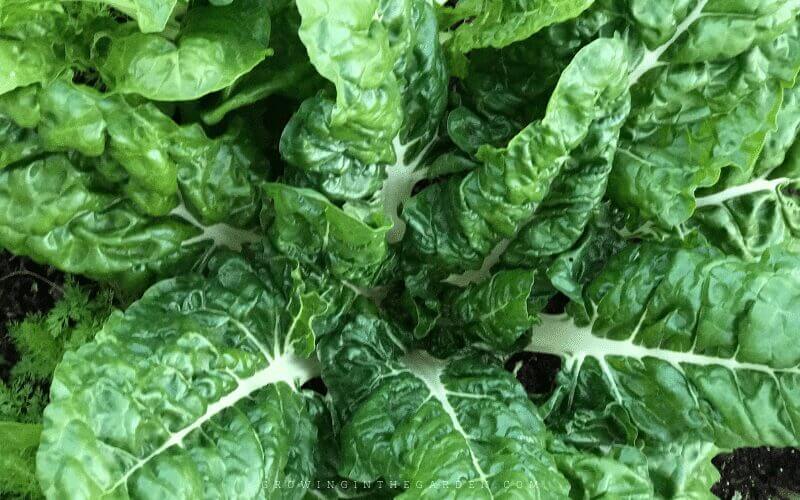
5. Harvest Swiss chard using the “cut and come again” method
Once plants have reached 6”-8” tall, you can begin harvesting. To harvest Swiss chard, cut off the outer leaves with a sharp pair of garden scissors 1½ to 2 inches above the ground. Cut leaves at the base of the plant. New leaves will grow quickly. Do not damage the center portion of the plant (terminal bud). Learn more about cut-and-come-again harvesting in this guide.
In mild-winter climates (including the low desert of Arizona), Swiss chard can be harvested year-round, and plants may last for a year or more. If a center stalk develops, the plant is bolting. The focus of a bolting plant shifts from developing leaves to growing seeds, and the leaves become bitter. Leave the plant in place to save the seeds, or remove the plant when it bolts.
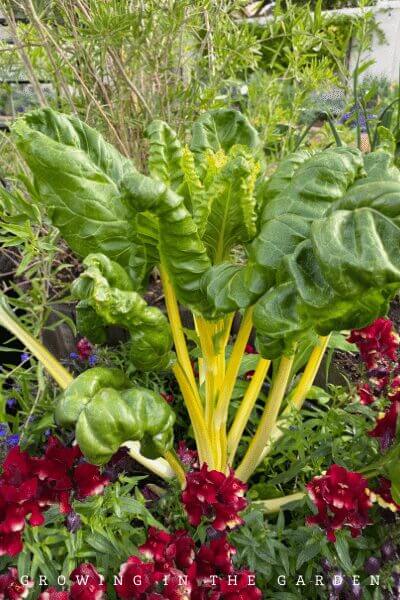
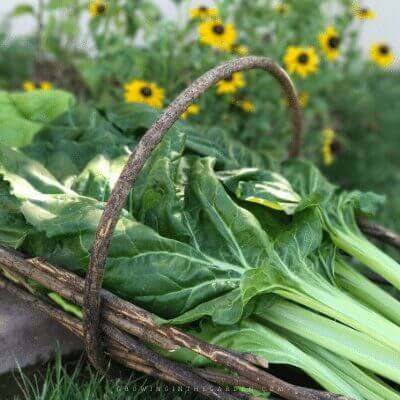
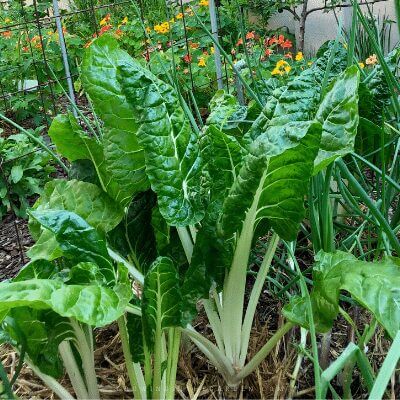
Bonus Tip: I’ve Grown Swiss Chard… Now, What Do I Do With It?
Now that you’ve learned how to grow Swiss chard, do not let it go to waste. There are many ways to incorporate this nutritious vegetable into your diet.
- Use young and tender leaves fresh in a salad or wilt them like you would spinach.
- Add chopped chard to soups, sauces, roasted vegetables, and smoothies instead of kale or spinach. (Keep or remove stems depending on preference. Stems may add slight bitterness when eaten fresh.)
- Freeze Swiss chard by blanching the stems and leaves, then pack in freezer bags.
- Dehydrate or freeze-dry the leaves and use them as a “green powder” in soups and smoothies for an extra nutritional boost.[line]
For my favorite Swiss chard recipes, check out this post :
If you enjoyed this post about how to grow Swiss chard, please share it:
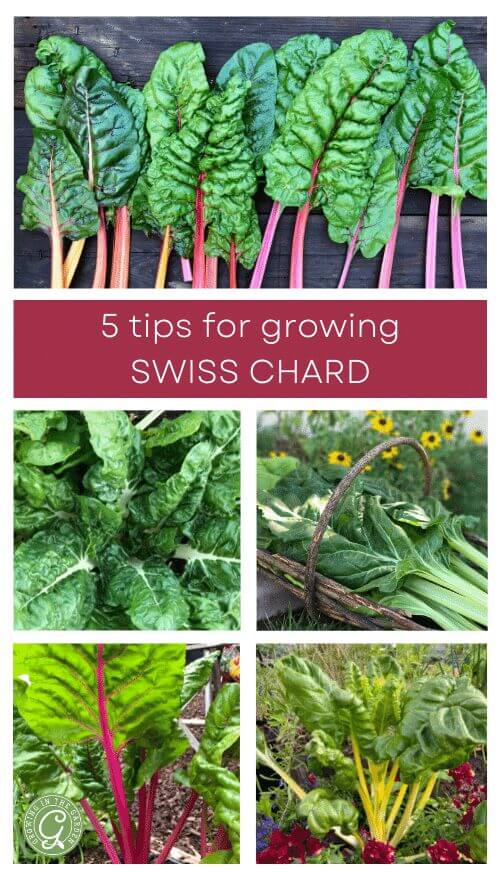

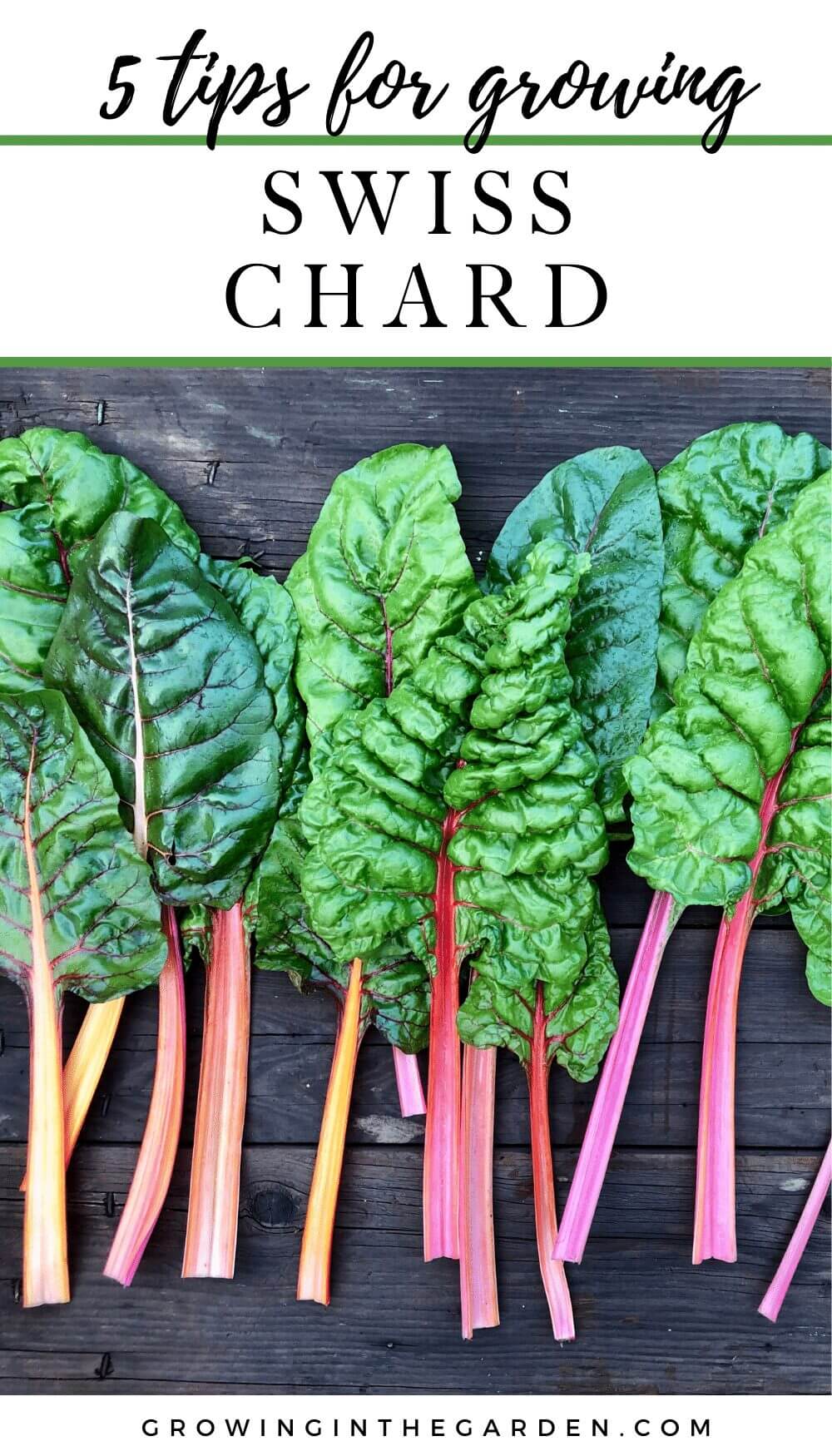


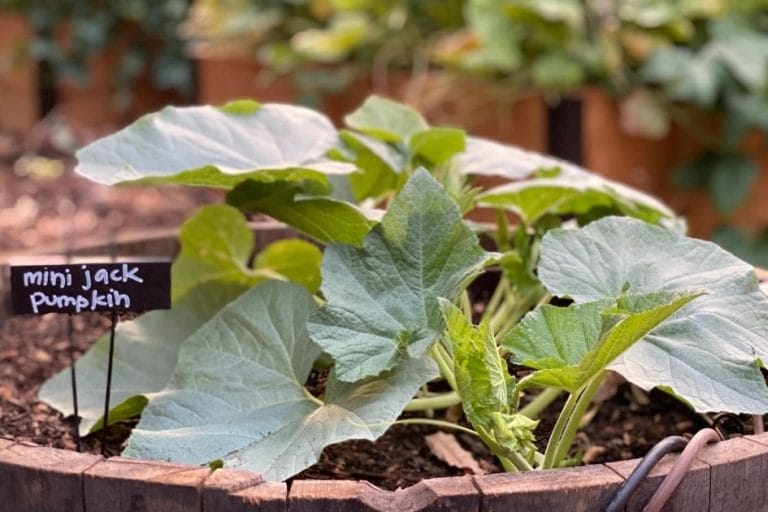




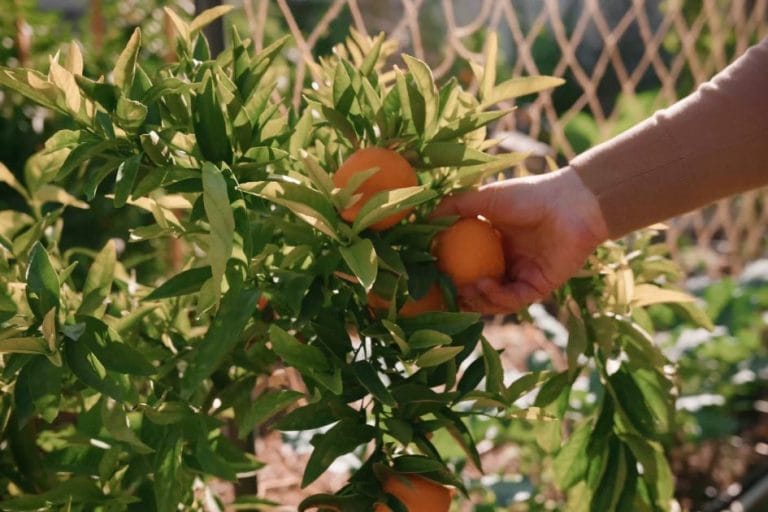

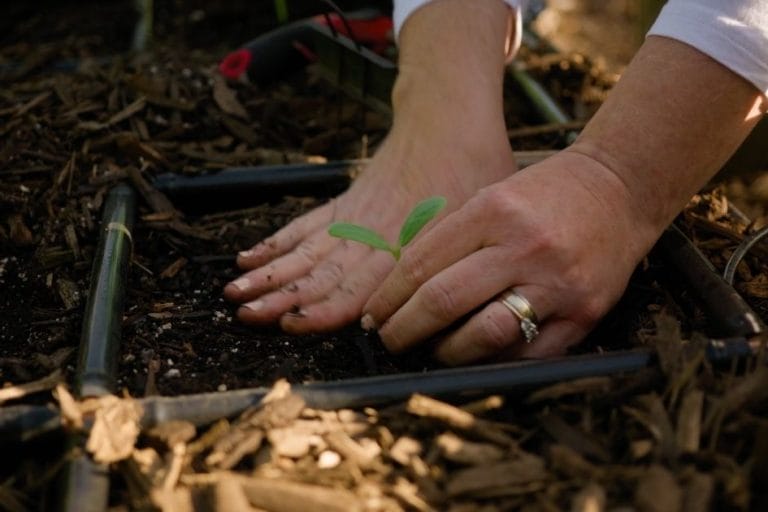
I am new to Arizona and I just found your website. My husband and I purchased our first home in Sierra Vista, however, I am limited to space. The only true space we found is dead center of our back yard. We are unable to use the front or sides of our home because we live in a homeowners association community. Also, my husband built me 2 (2×4) garden beds 6″ deep. I noticed that my chard wilts a lot and my vegetables leaves are turning yellow. Help as this is the first time I am attempting to grow our own vegetables.
Focus on the basics: Soil, watering, planting at the right time, etc. It can take a while to figure things out. Experience is the best teacher. You may need to provide some shade in the summer. This post may be helpful: https://growinginthegarden.com/gardening-for-beginners-how-to-start-a-garden-in-8-simple-steps/